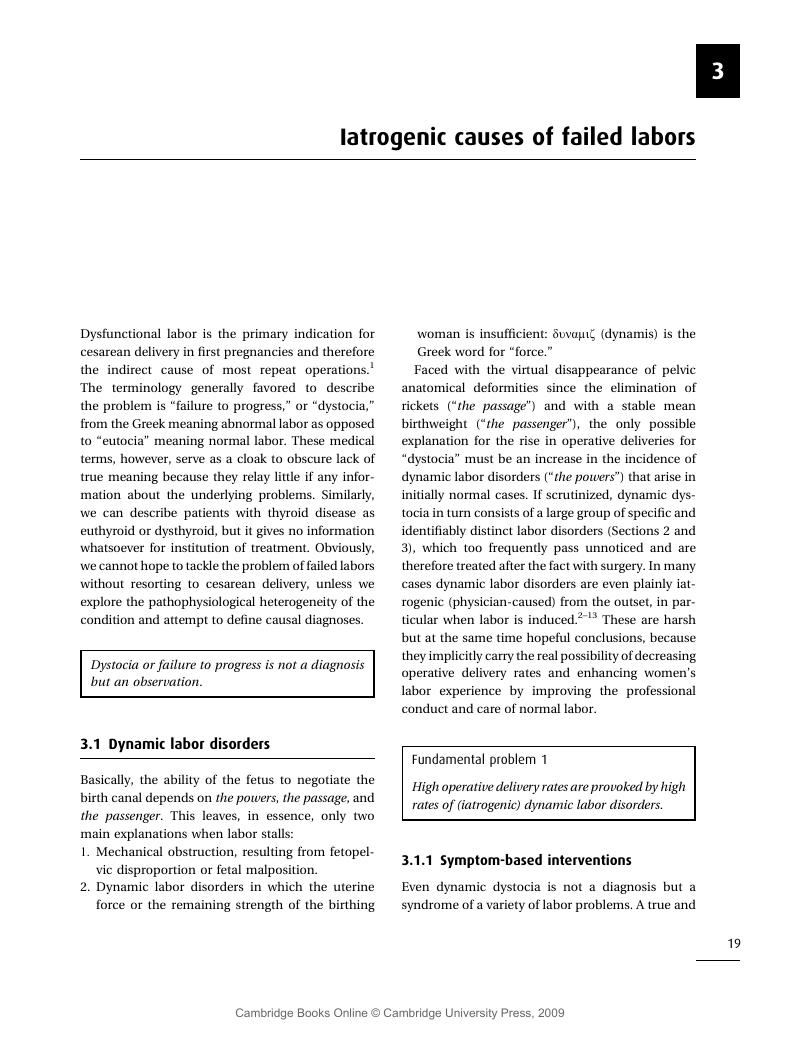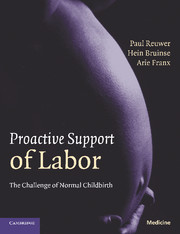Book contents
- Frontmatter
- Contents
- Foreword
- Acknowledgments
- Web-Forum
- 1 General introduction
- Section 1 A wake-up call
- 2 Medical excess in normal childbirth
- 3 Iatrogenic causes of failed labors
- 4 Harmful birth care practices
- 5 Destructive territorial disputes
- 6 Self-sustaining mechanisms
- Section 2 Back to basics
- Section 3 Proactive support of labor
- Index
- References
3 - Iatrogenic causes of failed labors
Published online by Cambridge University Press: 08 September 2009
- Frontmatter
- Contents
- Foreword
- Acknowledgments
- Web-Forum
- 1 General introduction
- Section 1 A wake-up call
- 2 Medical excess in normal childbirth
- 3 Iatrogenic causes of failed labors
- 4 Harmful birth care practices
- 5 Destructive territorial disputes
- 6 Self-sustaining mechanisms
- Section 2 Back to basics
- Section 3 Proactive support of labor
- Index
- References
Summary

- Type
- Chapter
- Information
- Proactive Support of LaborThe Challenge of Normal Childbirth, pp. 19 - 26Publisher: Cambridge University PressPrint publication year: 2009



